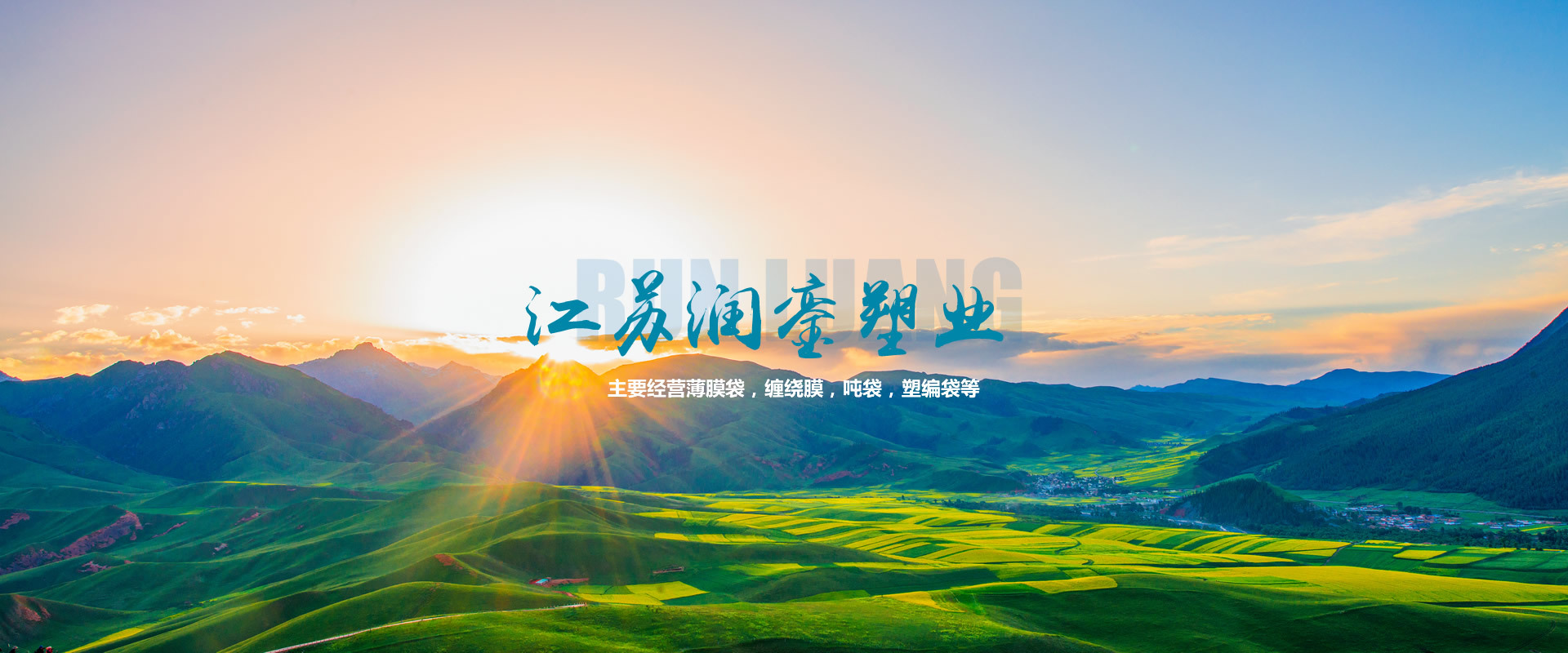What are the characteristics of plastic woven bags
Release time:
2022-07-11 17:10
Plastic woven bags are made of polyethylene and polypropylene by stretching, weaving, sewing, or pasting. Due to its good tensile strength, low price, and convenient transportation, it is widely used for packaging powder products such as cement, chemical raw materials, fertilizers, mineral products, grains, sugar, etc. This type of packaging has been increasing year by year in recent years.

In natural environments, such as direct sunlight, the strength of plastic woven bags will decrease by 25% after one week and 40% after two weeks, making them almost unusable. That is to say, the storage of plastic woven bags is very important. In addition, cement is packaged in plastic woven bags and placed outdoors in direct sunlight, resulting in a sharp decrease in strength; During storage and transportation, excessive temperature (container transportation) or exposure to rain can lead to a decrease in its strength, resulting in failure to meet the quality requirements for protecting the contents.
Therefore, the transportation and storage conditions of plastic woven bags are very important. Therefore, both GB/T8946 and GB/T8947 stipulate storage and transportation conditions, that is, plastic woven bags should be stored indoors in a cool and clean place. During transportation, avoid exposure to sunlight and rain, do not approach heat sources, and the storage period should not exceed 18 months. In fact, plastic woven bags may age after 18 months, so the validity period of plastic woven bag packaging should be shortened to 12 months.
The relative tensile load and elongation at break of flat wires can be used to determine the degree of aging of woven fabrics during the lamination process. Before and after coating, test the tensile load and elongation at break of each sample of flat yarn. By comparing the test results, it can be determined that if the technical indicators before and after the flat wire coating have little change, it can be considered that there is basically no aging. If the technical indicators before and after the flat wire coating differ significantly, there may be aging issues. It is necessary to analyze the reasons and improve the process flow.
To ensure the quality of packaging bags, high attention should be paid to the aging problem of plastic woven bags. Therefore, the national building materials industry regulatory department requires that the use of recycled and recycled materials in bag making materials is not allowed, and the amount of filler should be strictly limited to no more than 5%. At the same time, the lamination temperature should be strictly controlled to avoid accelerated aging caused by process issues. Excessive addition of recycled materials is also one of the reasons for the aging of plastic woven bags.
In theory, the raw materials of plastic woven bags are recycled after being extruded and stretched, but like other products, there is no opportunity for leftover materials and waste during the production process. Generally speaking, non recycled plastic woven bags refer to the "non recycled woven bags" used in the production of woven bags, where flat and waste silk from production are added proportionally to new materials for reuse. Some plastic woven bag production enterprises use recycled materials that exceed the specified proportion in order to reduce costs, and the strength of the plastic woven bag will be unqualified. This should be noted.
In addition, excessive titanium dioxide was added during the ingredient process, which increased the dust in the production of plastic woven bags and also affected the strength of the bags. Therefore, the relative breaking force of woven bags containing recycled materials is significantly reduced, making it difficult to ensure an index of 0.32N/tex. If secondary recycled materials are added. The fracture elongation is unstable, and the fracture rate decreases with the increase of the amount of recycled material added. The brittleness of recycled woven bags has significantly increased, especially with poor low-temperature resistance, reduced impact resistance, reduced electrical insulation, increased aging degree, and accelerated speed.



